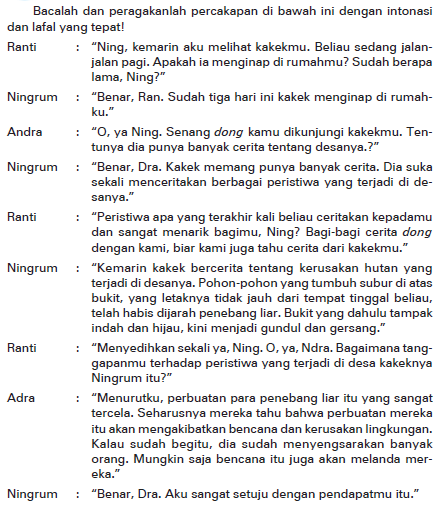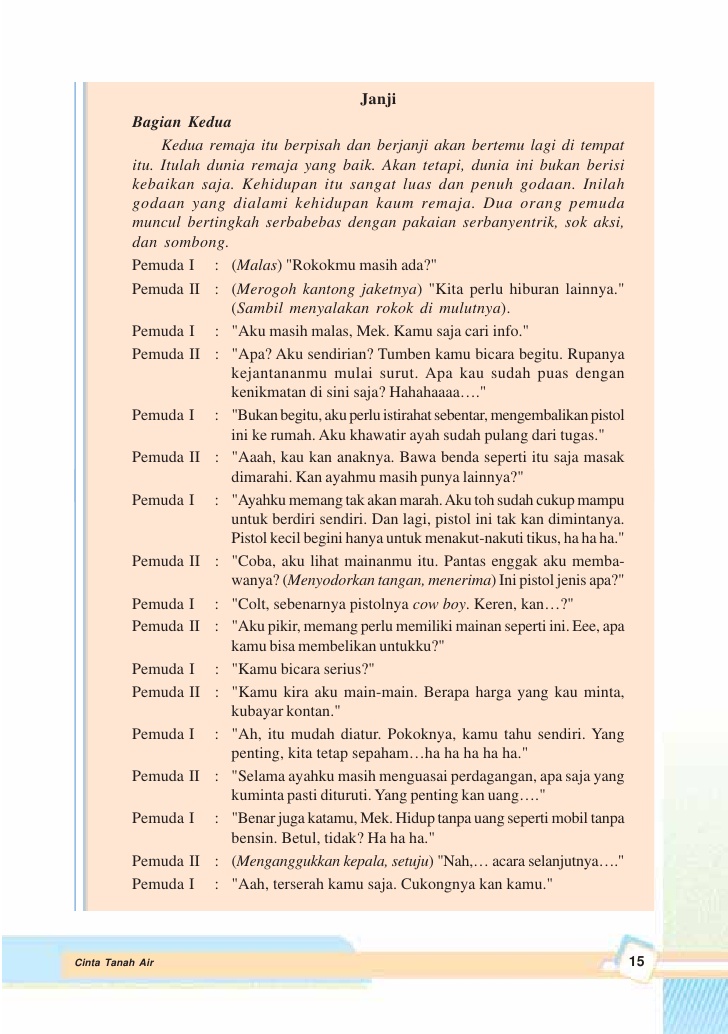
The previous period of romanticism movement was not seen as a purely Indonesian movement and did not develop. The 1920s to 1940s were a time of growing nationalism in Indonesia. Today Bali has one of the most vivid and richest painting traditions in Indonesia. His works have somehow influenced Balinese artists and painters.

In the 1920s Walter Spies settled in Bali, he is often credited with attracting the attention of Western cultural figures to Balinese culture and art. His art is heavily influenced by Romanticism. The most famous indigenous 19th-century Indonesian painter is Raden Saleh (1807–1877), the first indigenous artist to study in Europe. In the Netherlands, the term “Indonesian Painting” is applied to the paintings produced by Dutch or other foreign artists who lived and worked in the former Netherlands-Indies. Under the influence of the Dutch colonial power, a trend toward Western-style painting emerged in the 19th century.

The classical Balinese paintings are often decorating the lontar manuscripts and also the ceilings of temples pavilion. Balinese painting is initially the narrative images to depict scenes of Balinese legends and religious scripts. Other notable traditional art is the geometric Toraja wood carvings. Some examples are the Kenyah decorative art, based on endemic natural motifs such as ferns and hornbills, found decorating the walls of Kenyah longhouses. Artists’ names are anonymous since the individual human creator was seen as far less important than their creation to honor the deities or spirits.

What Indonesian painting before the 19th century are mostly restricted to the decorative arts, considered to be a religious and spiritual activity, comparable to the pre-1400 European art.



 0 kommentar(er)
0 kommentar(er)
